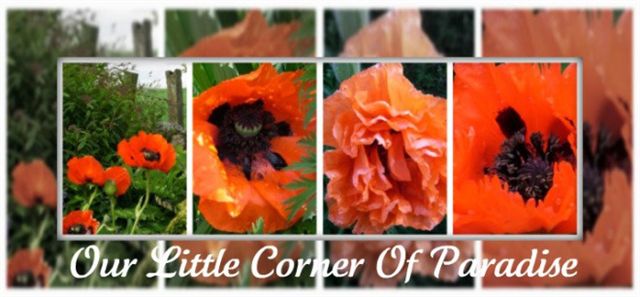
 Getting rid of the weed mountain was a real stroke of genius. Our home is only a few minutes walk to a nearby river which, being in its middle stages, meanders the countryside around these parts. There are several ox-bow lakes nearby and areas for special scientific interest. In times of heavy rainstorms when the river occasionally floods, large sections of the banking are often carried downstream. When walking along the banks of this river, the evidence of the corrosion is all too clear. It was in the interests of nature conservation, therefore, when a local farmer agreed to come with his trailer and remove our weed mountain to shore up the river bank bordering his fields.
Getting rid of the weed mountain was a real stroke of genius. Our home is only a few minutes walk to a nearby river which, being in its middle stages, meanders the countryside around these parts. There are several ox-bow lakes nearby and areas for special scientific interest. In times of heavy rainstorms when the river occasionally floods, large sections of the banking are often carried downstream. When walking along the banks of this river, the evidence of the corrosion is all too clear. It was in the interests of nature conservation, therefore, when a local farmer agreed to come with his trailer and remove our weed mountain to shore up the river bank bordering his fields.As for the soil mountains, which were created by the excavation from the ponds, we could not believe how quickly they disappeared. By the time we had built up little banks around each pond, and made a high bed to help deaden the sound of passing traffic, there was only a little left to deposit along the front of Little Dublin. The other island beds were made by digging deep pathways around each one and piling the soil on top. These beds created areas of interest, to be planted up through time, rather than having a flat mundane landscape.
The mountains of small stones and boulders were all put to good use too. The larger boulders were used to create a border of stepping stones around each pond as well as providing a hard surface for easy viewing. It was also an excellent way to secure the pond liner and also protect it from the heat of the sun's rays. Some of the smaller stones and pebbles were placed inside each pond, again to protect the liner, but, more importantly, to create very gently sloping banks as wildlife access areas. The remainder were used to define the border between garden and pathways.

No comments:
Post a Comment